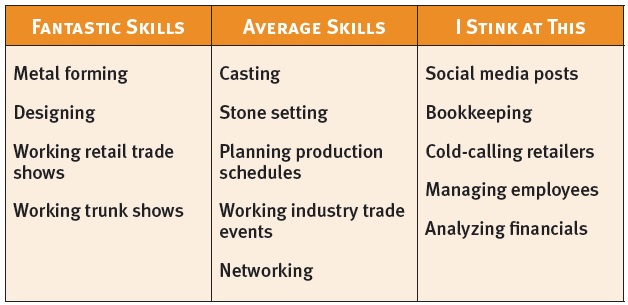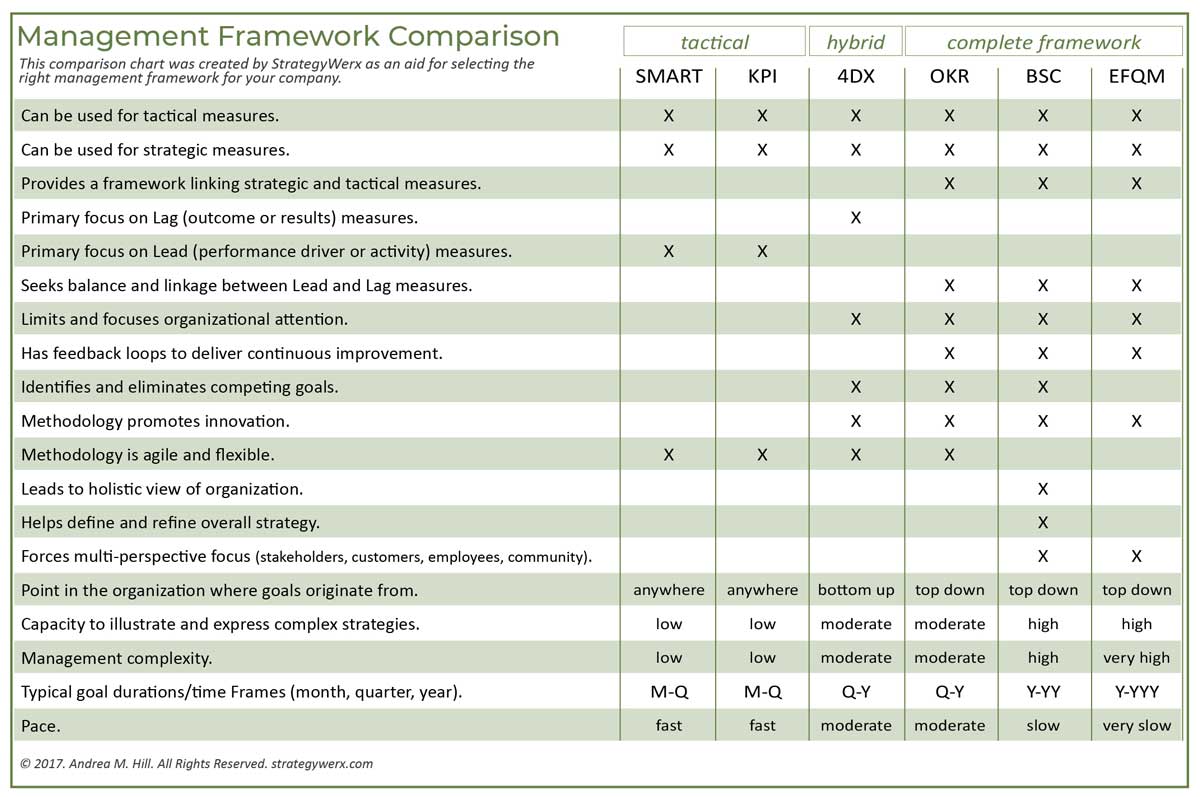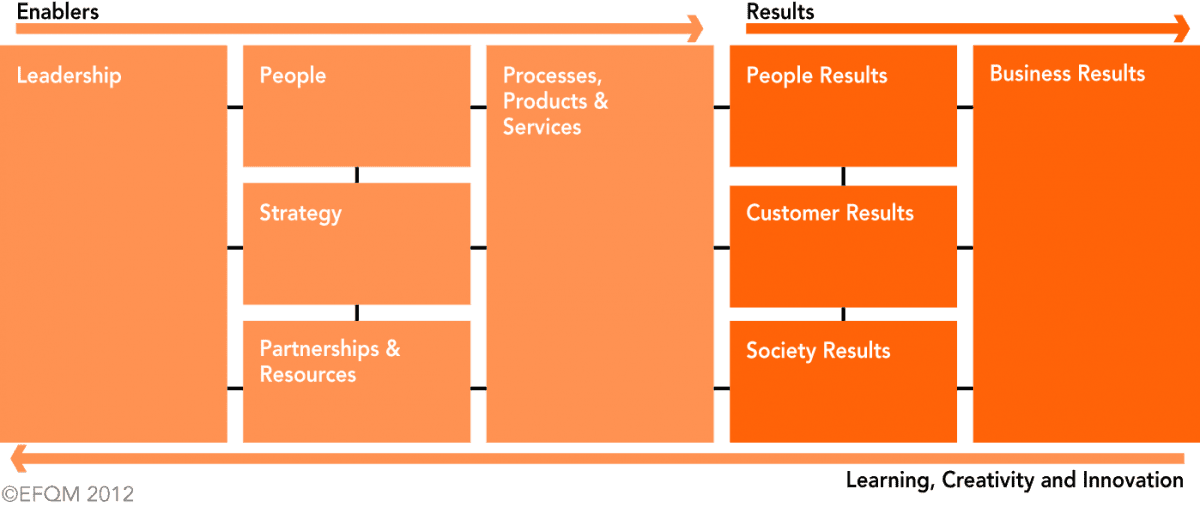If you’ve been waiting for the US luxury buyer to return to pre-2008 levels, it’s time for you to move on.
What has happened to the luxury buyer is more than a business cycle; it’s a long-term change.
Let’s quickly do the math. Affluents as a whole are twice as important to any marketer that sells consumer goods and services, regardless of price. When it comes to selling luxury goods, Affluents are four to five times as important. So statistics about Affluents really matter to the jewelry industry.
Luxury industry data shows that younger Affluents (24-44 years old) spend twice as much on luxury items as older Affluents (45 – 70 years old). Back in 2008, the younger Affluents were 17 – 37 years old, which means that a significant percentage of them (half?) hadn’t yet reached their spending power. In the meantime, older Affluents are nearly 8 years older than they were the last time they were big luxury spenders.
Who are these younger Affluents? The older portion are Generation X (35-50 year olds), and the younger are Millennials (18-34 year olds). In sheer numbers there are now more Millennials; ~81 million in 2015, compared to ~50 million GenX (of which many are part of the older Affluents group). So, your new luxury consumer is a Millennial. No surprise there – we’ve all been talking about this for a few years now.
Two social factors make these statistics very important to luxury goods companies:
- During the recession we witnessed changing attitudes toward consumption and wealth. Those with wealth became less likely to spend it, felt less wealthy in general (even if they were very wealthy compared to the average American), and became highly conscious of how they are viewed in society (i.e., the 1%). Outside of the richest of the rich financial markets, elitism is out (keep in mind that in much of the country, elitism was never in).
- Millenials (and Generation Z – the next consumer frontier) have entirely different attitudes toward luxury than the generations that shored up the luxury industry before them.
If you’re a luxury retailer in the US, that’s about all you need to know. But what if you’re a luxury brand? Is the news just as bad everywhere? Actually, it’s worse.
While elitism and status still play well in most international markets, conflict, social unrest, and weak economic systems are inhibiting consumer spending across the globe. In addition, it’s not a coincidence that strong demand for US luxury goods in Russia, China, India, and Europe coincided with years of a weak US dollar.
So. What do you do with this information if you’re a jewelry retail store owner, designer, or brand? You revitalize, and you start doing it now, because this trend is going to continue. Even if older luxury buyers bounce back a little, it won’t be enough to return us to former spending patterns, because younger luxury buyers are quickly becoming the dominant market.
What’s that you say? Your business model has endured multiple cycles over the past 50-80 years? That may be true, but it’s not relevant, A) because this isn’t just another cycle, and B) because the last 80 years saw the largest era of consumer empowerment the country (and world) had ever seen, empowerment that expressed itself as acquisition. But we’re on the cusp of a new era, an era in which consumer empowerment expresses itself as something else.
Many of the things I’m about to suggest are old news – I’ve suggested them before in my writing and speeches, and you’ve heard them from industry journalists willing to challenge the status quo (Rob Bates is at the top of that list).
So I’ll recap (and reference) the things that have been addressed sufficiently already, then focus more attention on bringing a few important issues to the surface; business concerns that are still not getting adequate attention in our industry.
You Need to Make Changes in Product and in Presentation
Everywhere you look there’s a new article, a new blog, a new interview that talks about how Millennials and Generation Z want something unique, something custom, something special, they want stories, they have problems with diamonds, they don’t care about precious metals. They want quality, it’s about the experience, brand reputation matters, and ownership holds less importance for them. These things matter to them in general, so how high do you think Millennial expectations are regarding luxury? If you want to read more about Millennial expectations of jewelry, here are some terrific articles.
Rethinking Open to Buy: (Matthew Perosi’s jWAG blog from yesterday, 5/26/2015)
Understanding Millennials: How to Sell Lasting Luxury in a Disposable Culture (The Centurion: Hedda Schupak)
Fashion Designers, automakers top millenials’ list of luxury brands (Luxury Daily)
There are 8,162 people on Twitter with “jewelry designer” in their bio (and that’s just the English filter). I know many of them, and there’s a lot of genuine design talent out there. Much of that talent comes with a story, social awareness, trunk shows, and energized social media. But independent jewelry designers can’t get their foot in the door at traditional jewelry retailers. So they sell at art fairs and craft fairs and online, and many of them are learning to do very well selling directly to (your) consumers. Clearly, we have ample information on what matters now, yet not enough people in this industry are reacting to this demand.
Making and Designing are Not the Same Thing
In 2013 Fast Company said, “For Millennials, design is not a differentiator. It’s the cost of entry.” Millennials care about design on two levels: the design of the product, and the design of the experience.
One of the effects of growing up with the internet is that Millennials have seen more art and been influenced by more graphic design than any generation before them. They are intensely visual. They report they will turn down a job rather than work in an ugly or uninspiring environment. They care about beauty, architecture, and public spaces. They won’t spend their hard-earned money on products that are average. Even their kitchen utensils demonstrate good design principles. A solitaire diamond in a setting with a few flourishes may not offend, but it doesn’t excite either.
If you aren’t sure you know the difference between excellent design and meh, enlist some help, because Millennials do.
Now. Here’s the stuff not enough people are talking about
The Jewelry Experience
Everyone is throwing about the word experience in retail, saying experience is the key to consumer loyalty. But what does experience really mean?
Consumers would rather get wine at a wine & cheese bar, coffee at an organic coffee shop or Starbucks, and baked goods at a café. All those places are better at offering food, coffee, and wine than you are. So what do they want from you?
A better buying experience, which is not just about your product offering. It’s also about your store design and your processes.
Experience design is very important to Millennials. They have grown up in a world where they can assemble (on their own) the organizational, communication, and information tools to make their lives easier. It’s second nature to them. They are used to being able to find and purchase any product they desire and can afford, no matter how esoteric. They are used to collaborating over distance and across languages. Studies have shown that Millennials find outdated and cumbersome systems like opening bank accounts, buying a house, and buying a car to be not only distasteful, but enraging.
So how do you think they feel about your current engagement ring sales process? Does the next generation jewelry buyer really want to be led through your store to the bridal area, sit at a counter, and suffer through the diamond-buying experience? They did the research before they arrived. If your selection is six different cases of the same thing followed by a two-week wait, they’re probably not impressed. Jewelers who find a way to reinvent the process of selling engagement rings will really be on to something.
When I walk into my local Verizon store, the sales reps are either actively helping other customers or they are . . . sitting in lounge chairs in the middle of the store, apparently just hanging out. They wave you over warmly, and you go sit with them (there are always empty seats). They pull you into their conversation, which is usually about what’s the latest cool thing in phones. Instant collegiality. You engage in a conversation with them instead of being sold to. They whip out their tablets and talk with you about options – before they ever walk you to a wall display. Ten years ago I preferred a root canal to a visit to the cell phone store. Today, I look forward to checking in with my phone buddies. How does the experience of walking into your store, being greeted, and exchanging information feel? Does it inspire the same feeling of collegiality? Does it stir interest and excitement? Or is it intimidating, cool, and separated by a case and a gate?
The experience of the Apple store is so fantastic that people are writing books about it (check out The Apple Experience, by Carmine Gallo). The average store generates $5,600 per square foot, which makes it the most profitable retail store on the planet. There are a lot of facets to the Apple experience, but let’s focus on the store design for a moment. Steve Jobs was adamant that their stores be more than four walls with stuff to sell inside; Apple stores are a stage. Apple didn’t build every store, but they did the absolute most with the locations they chose. Architectural and design beauty are highlighted, and where possible they integrate into their surroundings as part of the experience (you can’t really tell where the Grand Central Apple Store ends and the Station begins). Apple took products that are typically in the box, behind-the-glass, and put them front and center. They made it clear that people are supposed to come in, play, experiment, and even hang out with one another in the store. The customer who comes, stays, and leaves without a purchase is treated with as much warmth and attention as the person who walks in and presents a credit card. They offer immersive training experiences to build customer attachment to and comfort with their products. And finally, the stores are devoid of anything that is irrelevant to the experience of Apple products. They’re streamlined, purposeful, and immaculate. What is the visual experience of your store? Is it inspiring to approach and enter? Is there junk behind the counter? Tape on the front of a case? Three-year-old posters or signs? Are there elements in play that have nothing to do with the simple goal of telling your compelling story, connecting with your customer, and selling your exciting products? Millennials notice these things.
I’m a knitter, and for me, knitting is all about fiber. If you buy skein of yarn at Michael’s or Walmart, it will cost you anywhere from $2 - $15. A typical skein of yarn for me is upwards of $50. I shop at a very special little fiber shop that knows its customers are buying luxuries. The shop is definitely knitty and not high-endy. The shop owner does a dozen things worth mentioning, but let’s talk about the checkout experience for a moment. She doesn’t have a cash register. She has a few comfy chairs around a coffee table, and on the coffee table is a tablet. When you’re done with your purchases, you sit in one of the chairs and you drop all your balls of yarn on the table. While you chat with the store owner, she rings up your purchases on her tablet, but it all feels like you’re just drinking coffee and knitting together. She’s so good at scanning and ringing up the sale that she remains present with me and our conversation the entire time. Something else of interest; I often find myself giving knitting advice and tips to the women in the other chairs, because I’m the oldest one there. Michael’s and the craft section at Walmart aren't exactly Millennial or Generation Z hangouts, but this shop attracts them every day.
The one interactive process you have that likely elicits a certain amount of excitement is custom design. But even then, most jewelers aren’t prepared to collaborate with Millennial customers the way they want to be collaborated with. The process itself must be seamless – from initial discussion to jewelry delivery. If it’s not, Millennials will scoff at your organizational clumsiness. And what tools are you using? Do you make them come back to the store to review design options? Do you have an endless stream of email going back and forth (Millennials would rather not deal with email unless at work). If you’re not prepared to have your seamless process either available through a phone app or at least through a shared folder in something like Evernote, your process needs improvement.
If you’re a retailer, you have all these processes in your store. People enter, they browse, they have questions, they may need to finance something, they may want to do a custom design, and they have a check-out experience. If you’re not actively experimenting with updating the processes in your store to meet the demands of a very different generation of consumers, you’re going to watch your current customer base slowly die off until you go out of business.
Embrace Technology
The fashion industry is going after technology-as-experience in a big way after falling behind consumer expectations (though not as behind as the jewelry industry). Live-streaming of fashion shows, virtual stores, wearable technology, and other types of digital innovation are now at the forefront of fashion thinking. Fashion brand Rebecca Minkoff has dressing rooms that make suggestions about complementary items to try. Even Fabergé has enabled ecommerce, after years of insisting that ecommerce would tarnish their brand.
The consumer currency of the future is information information information. The kind of information that helps consumers make buying decisions. The kind of information that tells an interesting story. The kind of information that holds their attention for longer than 20 seconds. The kind of information that helps them satisfy concerns about the provenance or manufacture or sustainability or morality of the things they buy. In addition, they want much of that information before they ever make time in their busy schedules to come to your store. It takes technology to do that.
Delivering that information doesn’t start with your website. That’s like hiking the Pacific Trail for weeks with no shower and then putting on lipstick (yes, Wild reference there). Your management of the information that fuels your business must start much deeper in your business processes.
Think about how you approach technology in your business. If you’re like most people, you probably have a pretty current smart phone. But how old is your computer? How often do you explore new software to make your job more efficient? Are you using cloud services or still trying to figure out where the cloud is? Do you and your staff use technology to make you more communicative, more efficient, and more relevant to your customers? Is social media just an extension of your break room, or are you using it for serious marketing insight? Can you make fast, effective decisions about your inventory; decisions that enable you to innovate and respond to a changing market? How is your product database? Do you use all the bells and whistles for product detail and descriptions? Do you collect all the customer information you can collect? Most important of all, do you use all this data to help you run a better business?
There are technology tools that can help you with every single operational and marketing need. Everything I’ve discussed in this article can be enhanced with technology. And even if you’re way behind the curve on your technical skills, you need to start developing them now, because business is going to keep changing faster and faster, and if you think the Millennials have high expectations of your competence, wait until you start serving Generation Z.
Get Fast. Get Diversified. Get Lean.
Getting Lean is the process of streamlining, automating, and de-cluttering your business processes, from manufacturing to stocking, from hiring to sales. Many business owners think that getting lean is for the purpose of reducing prices. While it can certainly be used for that purpose, there’s another major reason to do so. It’s to get fast and to get diversified.
Think back to the late ‘90s and early 2000s when the US jewelry manufacturing base outsourced itself to Asia. Why did that happen? Because reducing the cost of labor was the quickest way to reduce the cost per piece. Of course, that had its downsides. The economics only held if you produced a minimum of hundreds of those pieces. Hindsight being 20/20, we can see that we were selling off our manufacturing expertise at the same time a new generation was being born – a generation that doesn’t want to wear or own the same things everyone else has.
Beyond the excellence of their design, there is a reason that designer brands like Todd Reed, Omi Prive, Just Jules and Pamela Froman have such consumer appeal. There is an element of customization to many (or even most) of the pieces they produce - something you simply can't do if you're manufacturing in China. To accomplish a steady flow of product customization, brands must constantly attend to the operational efficiency of their workshops, because customization gets harder to manage the farther it gets from home.
The other advantage to lean, local(ish) operations is that you can keep your inventory of finished goods to a minimum, which allows you to respond more quickly to changing consumer demand. Yes, yes, jewelry is more expensive to produce than fashion, so it’s harder to change it. But the consumers don’t really care about that difficulty, so the retailers, designers, and brands who figure out the keys to keeping inventory fresh and exciting will win this game.
Retailers need to buy less product more often to keep the store fresh and consumers interested (hint – doing all your buying once each year in Vegas is not going to cut it – inventory needs to change more often than annually). Designers and wholesalers need to create policies that will support smaller, more frequent purchases, and they must migrate to release schedules that satisfy consumer desire for diversity and change. But as you can imagine, if designers and wholesalers are only receiving new orders once each year – with a small number of reorders occurring during the holidays – they simply won’t be able to invest in the merchandising strategies that consumers want.
Each of the concepts in this article could, itself, be a very long blog (and we didn’t even touch on how to market to Millennials. Maybe later). But it’s a good overview of where your head needs to be if you want your retail store, designer label, shop, or brand to become and remain relevant to the next generations of luxury buyers.


 Here are just a few of the more comprehensive writings on this topic:
Here are just a few of the more comprehensive writings on this topic:


